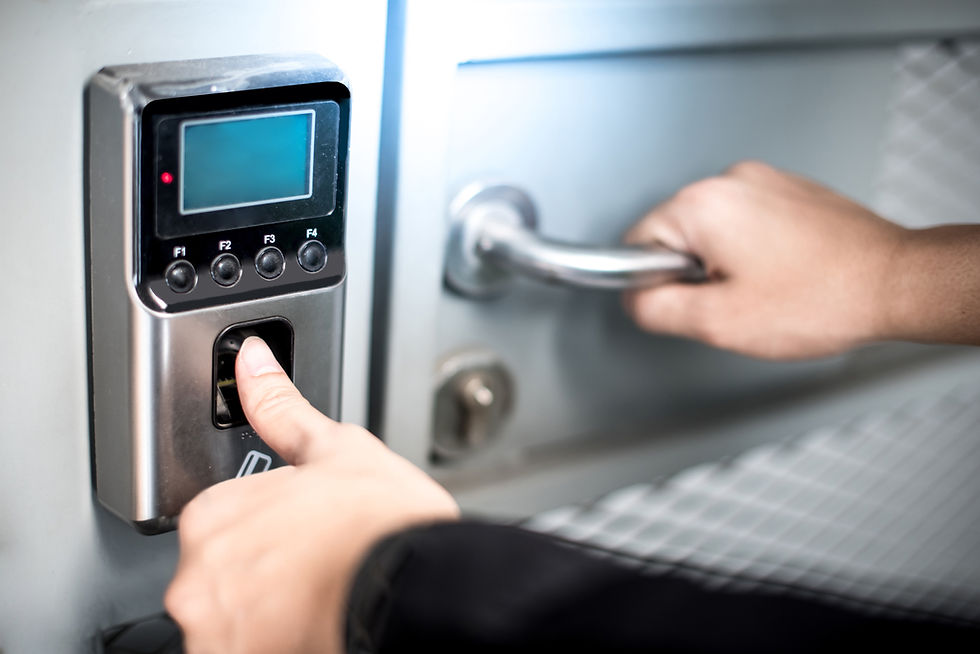Don’t Forget About Drones in Your Information Governance Programs
- awcollison8
- Apr 11, 2023
- 2 min read
Updated: May 24, 2023

The use of drones has witnessed a significant surge in recent years, and their use is not limited to military and recreational purposes anymore. Many businesses are now using drones to improve their operations and offer better services to their customers. The implementation of drones in business operations brings along potential data management and legal hurdles that organizations need to consider.
Drones collect a vast amount of data, including images, videos, and other sensory data. This data is typically stored, analyzed, shared, or even sold in some situations. Managing this data can be challenging and expensive, as it requires advanced data management tools and can become a storage hog. Often the tools and data are not under management by information governance programs such as privacy and records management.
Often when conducting inventories and assessments for information governance programs, the departments that are taking advantage of drones to improve business activities can be overlooked because it is a new type of data being generated. Today, drones are used to monitor inventory levels in its warehouses, saving time and reducing the risk of injury to employees who would otherwise need to climb ladders to check inventory levels. Drones are used to perform inspections of solar panel installations, reducing the time and cost of manual inspections and improving safety. Companies are using drones to inspect their own facilities and infrastructure, such as power lines and wind turbines. Unless your company has a centralized process to acquire, inventory, and manage drones, it can be challenging to identify what departments may be using drones and what data they may be collecting. Traditional data generated by these business activities have been part of IG programs for decades, but the newly generated images and videos generated by drones are routinely overlooked.
Privacy concerns have also been raised in relation to the use of drones, particularly when they are equipped with cameras or other sensors. Drones may collect sensitive information about individuals, such as their location, activities, and behavior. This data needs to be protected from unauthorized access and use, and businesses need to comply with privacy regulations such as the General Data Protection Regulation (GDPR) and the California Consumer Privacy Act (CCPA). The data collected also needs to have a predictable end of life.
Moreover, the data collected by drones may also be subject to litigation, as it can be used as evidence in legal proceedings. Businesses need to ensure that they have proper policies and procedures in place to manage the data from a legal perspective.
As companies mature their Information Governance programs, such as Privacy, Security, and Records Management, they need to think about the technology that is now generating information, such as drones, IoT devices, AI, etc., and ensure they unearth all the uses in the company to identify the information the technology uses, generates, receives, shares, sells, etc.
The use of drones in businesses is becoming more common, and while they offer many benefits, they also come with data management and legal challenges. Businesses need to be aware of these challenges and take steps to address them. Businesses should have proper policies and procedures in place to manage the data from a legal and business perspective.



Comments